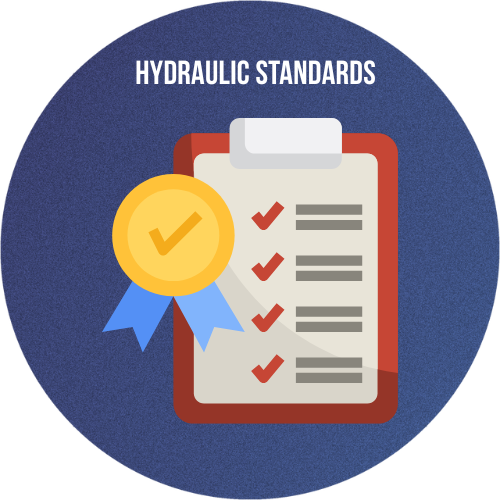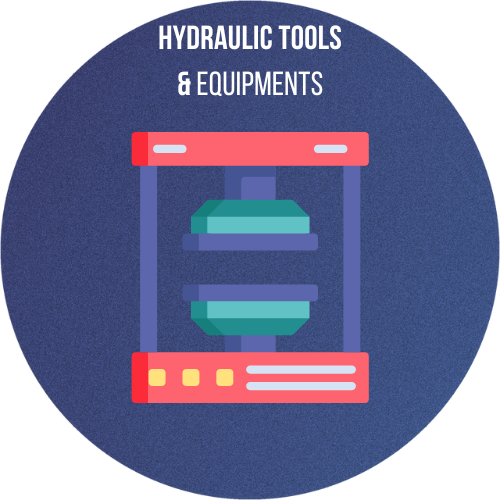Hydraulic Fittings and Pipes
Hydraulic Pipes and Tubes
Hydraulic pipes and tubes are rigid conductors made of materials like carbon steel or stainless steel. They are used in stationary systems or applications requiring minimal movement.
Differences:
Pipes: Sized by nominal diameter (NPS); typically schedule-based
Tubes: Sized by outside diameter (OD); tighter tolerances and better for precision systems
Advantages:
Durable and long-lasting
Suitable for high-pressure applications
Cleaner and lower expansion rate compared to hoses
When space allows and vibration is minimal, rigid piping is often the preferred type of hydraulic component for long-term reliability.
3. Hydraulic Fittings
Hydraulic fittings connect hoses, tubes, and components, ensuring leak-proof, secure joints. Their design must match the pressure rating, thread type, and material compatibility of the system.
Types of Fittings:
Threaded: NPT, BSP, SAE, and metric threads
Flared: 37° JIC, 45° SAE for metal-to-metal sealing
Compression: Ferrule-based fittings for tubes
ORFS: O-Ring Face Seal for leak-free connections
Quick-connect: Tool-free, fast-disconnect options
Hydraulic fittings are the smallest yet most sensitive hydraulic components—a single leak can compromise the entire system.


 HYDRAULIC BASICS
HYDRAULIC BASICS  HYDRAULIC COMPONENTS
HYDRAULIC COMPONENTS  HYDRAULIC SYSTEM
HYDRAULIC SYSTEM  HYDRAULIC SYMBOLS
HYDRAULIC SYMBOLS  HYDRAULIC STANDARDS
HYDRAULIC STANDARDS  HYDRAULIC CALCULATORS
HYDRAULIC CALCULATORS  HYDRAULIC TOOLS
HYDRAULIC TOOLS  BUYER’S GUIDES
BUYER’S GUIDES 
